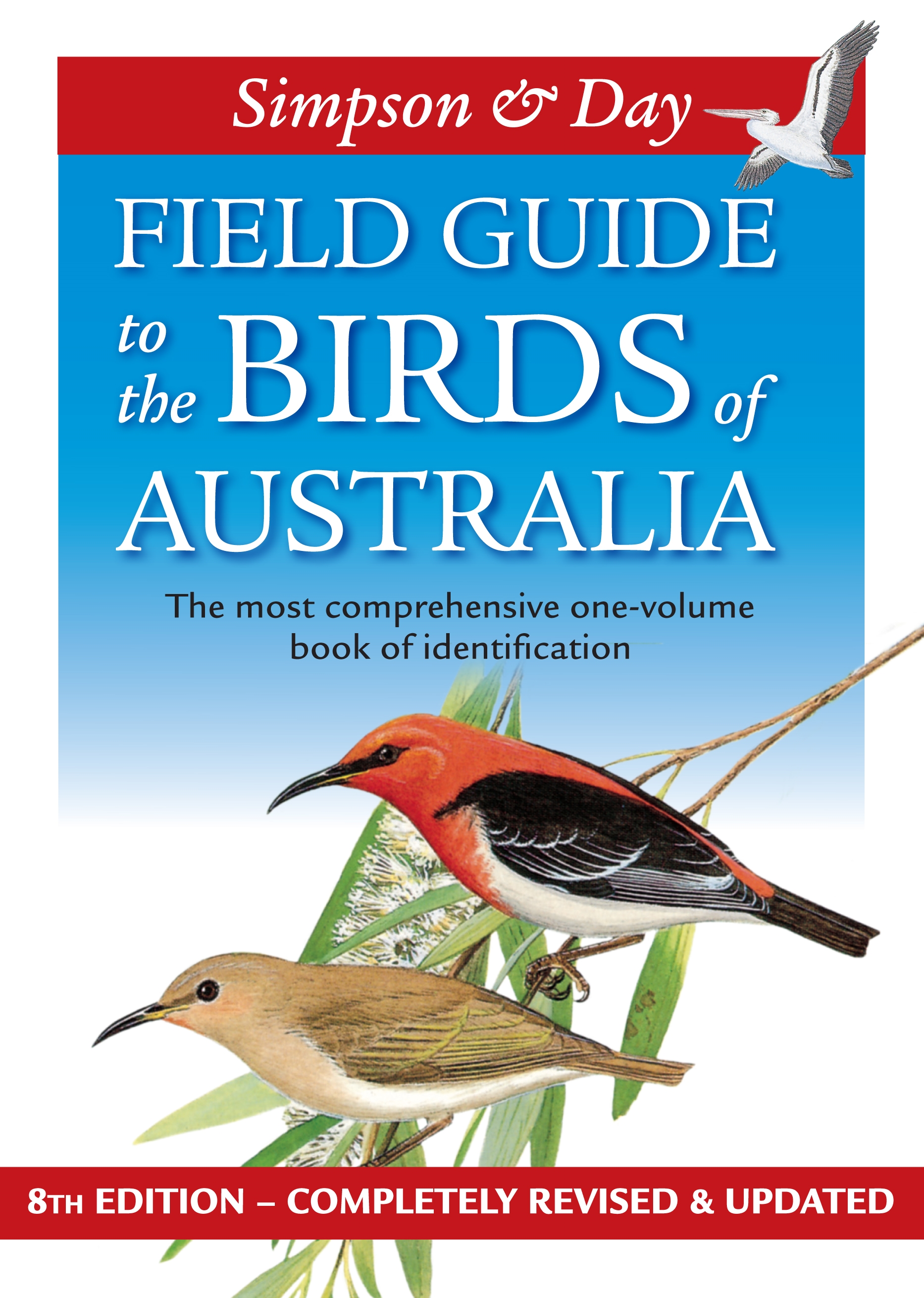Book review: new edition of a popular bird field guide

Simpson and Day Field Guide to the Birds of Australia 8th edition
Many of my readers here possibly do not know that I am a passionate birder. In fact, I write a very popular birding blog called Trevor’s Birding (click here). It is one of the most popular of its type with many hundreds of daily visitors. Heaps of photos too.
One of the essential tools of every birder (bird watcher) is a reliable field guide. These books illustrate each of the bird species found in a particular country or region. I have about 10 such books covering Australia, south east Asia, the Indian sub-continent and Europe.
In Australia we are blessed with a number of great field guides. With over 500,000 copies sold since the first edition in 1984, the Simpson and Day Field Guide to the Birds of Australia has proved to be one of the successful guides. Today sees the publication of a new, fully revised and updated 8th edition.
I’ve written an extensive review of this guide on my birding blog here.
The guide has been published by Penguin Books Australia.
Using the apostrophe
If anything gets my family riled up, it has to be the misuse of the humble apostrophe.
My daughter, an English teacher, calls herself “The Apostrophe Nazi”. She delights in correcting errors wherever and whenever. My son even uses an apostrophe to abbreviate his name – Simon has become Sim’. It also annoys me when I see this poorly understood form of punctuation abused.
Imagine my horror, then, in reading this sentence in an email from a bookshop recently:
“Xxxx Booksellers would like to thank its’ regular and new clients for their support.”
That is a shocker!
I should be fair though; the humble apostrophe is probably the most misunderstood and misused form of punctuation in our language. Furthermore, the meaning of the sentence is still quite clear, so I’ll just let it rest. I make mistakes too – plenty of them.
Further reading:
- Use apostrophes correctly – an amusing article with many comments from my family.
- Writing hints – a list of writing hints from my archives.
- Apostrophes – the Wikipedia article on how to use them correctly.


